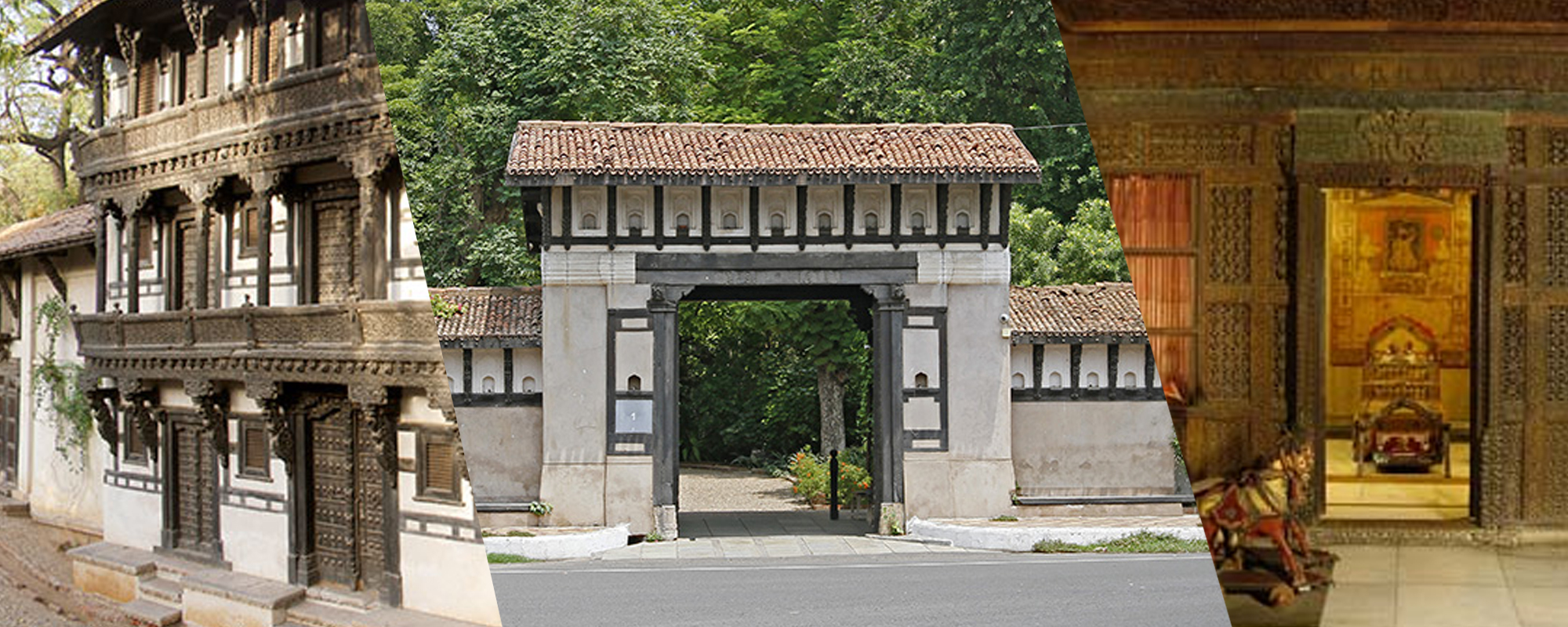
Known for its magnificent architecture, cultural heritage, and a rich history, the Mehrangarh Fort Museum and Trust is housed inside the grand Mehrangarh Fort which is one of the most magnificent forts not only in Rajasthan but in India as well. Displaying a wide range of artifacts and antiquities, the Fort Museum is a must visit place to take a journey back to the royal era and to the history of Jodhpur.

Timing: 9 am to 5 pm (Every day)
Location: P.B #165, The Fort Road, The Fort, Jodhpur, Rajasthan
Entry Fees: Free for Fort, For Museum – Rs100 for Indians, Rs50 for senior citizens and students, Rs600 for Foreigners
Standing a hundred feet in splendor on a perpendicular cliff, for hundred feet above the skyline of Jodhpur, the Mehrangarh Fort is an imposing red sandstone edifice and is one of the most stunning architectures in all of Rajasthan. One of the prime attractions in Rajasthan, the foundation of the Fort was laid by Rao Jodha, the founder of the city of Jodhpur. The palaces of the majestic and spectacular Mehrangarh Fort were constructed over a duration of 500 years after their foundation was laid in the mid-fifteenth century. This resulted in the distinct architectural styles of many different periods that can be seen in the design of the edifice.
On your visit to the iridescent city of Jodhpur, head to the Mehrangarh Fort during the evening, softly illuminated by the setting sun, which has now been converted into a museum and houses several artifacts and antiquities illustrating the historical era. The museum is divided into several galleries notably – The Howdah Khana, The Palanquin Gallery, The Painting Gallery, The Textile and Turban Gallery, and The Sileh Khana. The Howdah Khana (Howdah exhibition) displays eighteenth and nineteenth-century seats used to ride on Elephants adorned with repousse work. One fine specimen is the silver howdah presented to Maharaja Jaswant Singh I by the Mughal emperor Shah Jahan as a mark of integrity. The Palanquin Gallery showcases one of the richest assortments of palanquins in Rajasthan such as Pinjas, a covered palanquin beautifully decorated with lacquer paintwork, and Rajat Khasa, a lotus-shaped silver palanquin used by the maharajas, a Palki designed for women in purdah (curtain), and a palki fitted with a European-style chair are some of the exhibits in this gallery. The Painting Gallery showcases a large and fine collection of miniature paintings and paintings from the Marwah School which evolved with time under different rulers.
The Textile and Turban Gallery at the Fort houses various late-Mughal tents, canopies, hangings, and floor spread dating back to the late-seventeenth to mid-eighteenth century as well as a large number of garments and furnishings from the early twentieth century. The Turban Gallery is another significant gallery in the museum which aims to preserve, document, and showcase the different types of turbans that were once prominent in Rajasthan. Every community, region, and even festival has its own headgear and this colorful diversity has been brought to light in this museum gallery. The Sileh Khana (arms exhibition) highlights the impressive specimen of watered steel blades, hilts embroidered with gold and silver inlay, masterfully created daggers, and some rare pieces of shields ornamented with leatherwork. Some notable belongings of rulers are also housed in the gallery that including the Khanda of Rao Jodha, weighing over seven pounds, and the swords of Akbar the Great.
For visitors and anyone interested in learning about the history of the fort and artifacts in the museum, internship programs are offered and a huge manuscript library can be accessed by researchers and scholars.
Copyright 2012-2022 Indiamap Digital Pvt Ltd. All rights reserved. Privacy Policy | Terms of Use